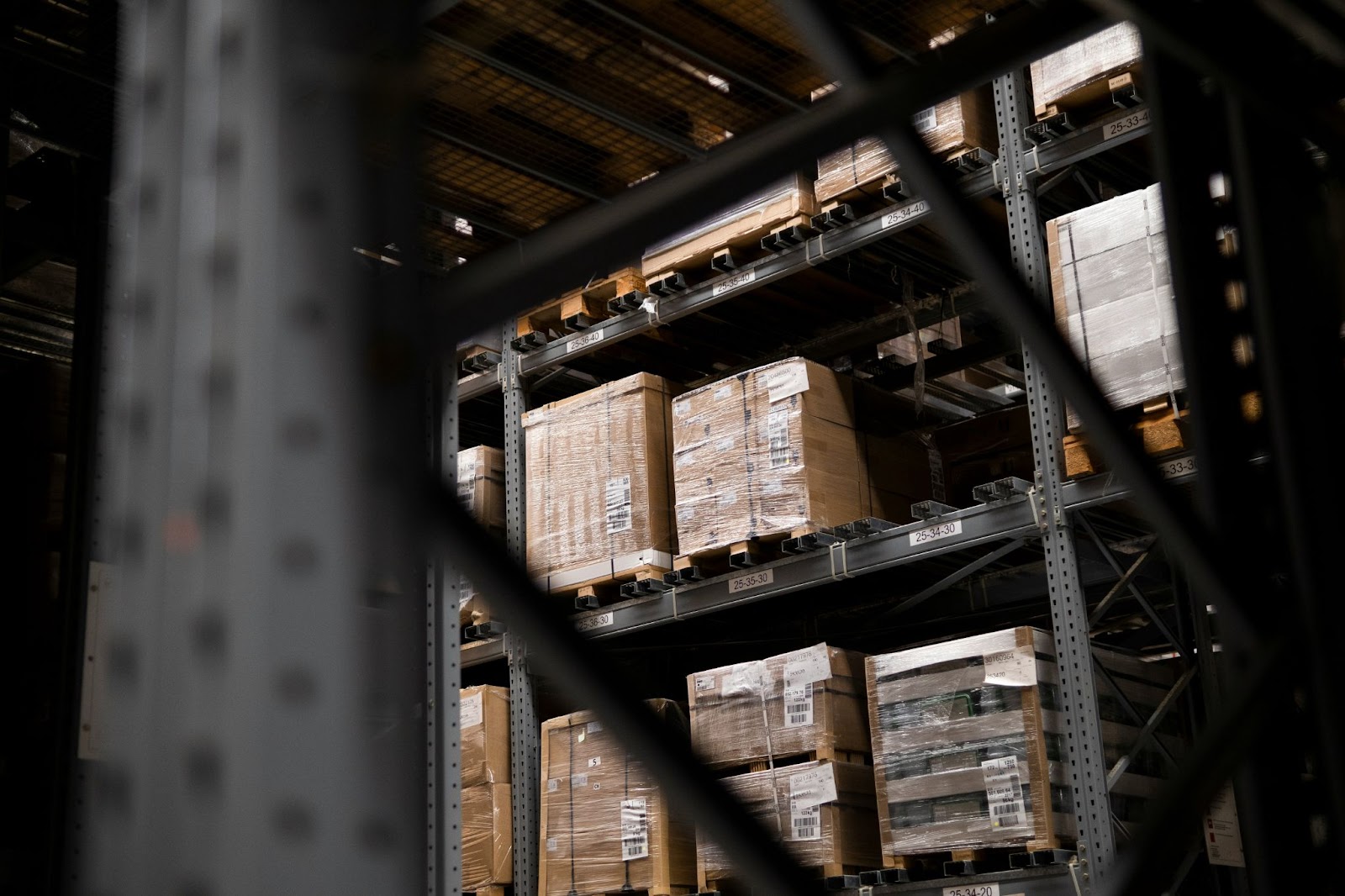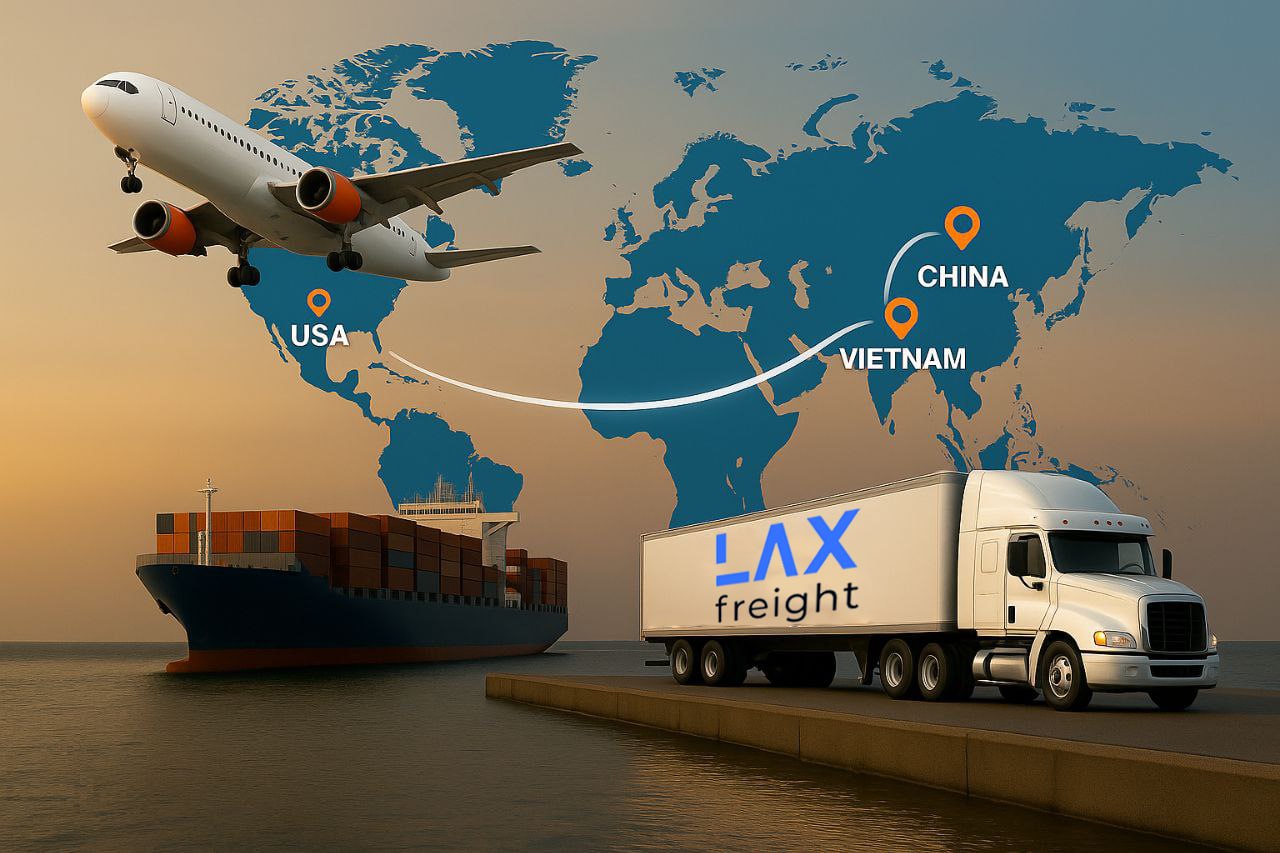In the trucking world, understanding terms and classifications is crucial for efficient operations. One of such terms is NOI. This abbreviation is essential for handling documentation as it classifies the shipped cargo. Proper classification affects the requirements and cost of transportation.
The text delves into what does NOI stand for in shipping, its meaning, and its connection to other aspects of trucking documentation.
What does NOI mean in shipping?
Not Otherwise Indicated (NOI) is a term used to classify cargo that doesn’t fit into any specific National Motor Freight Classification (NMFC) system category. It classifies freight based on density, handling, and required liability. When a load doesn’t fit into a single category, it’s noted as NOI.
The right classification of the freight is vital for accurate management. It ensures that the load will be handled correctly and delivered in the required time and in proper condition. The appropriate classification can also avoid misclassification, overpaying, or cargo damage.
When Should You Use NOI?
The NOI classification is used when the load doesn’t align with any NMFC category. This may involve new products, prototypes, or uncommonly transported loads.
In particular, this term can be used to transport a unique, custom-made load. Examples of NOI loads are:
- Custom-made items. Products developed in accordance with specific design and function requirements.
- Art installations. Installations, sculptures, or custom artistic works.
- Prototype machinery. New machinery that is in the testing phase and not yet widely manufactured.
- Custom electronics. Electronic devices custom-built for specific application, such as specialized computing equipment.
- Uncommonly shipped items. Some loads are unique or rare. Thus, they don’t have a specific NMFC classification.
How PCF Affects NOI Freight Rates
Pounds Per Cubic Foot (PFC) is vital in determining freight rates and shipment prices. This measures the density of the cargo, calculating how much weight in pounds is packed into each cubic foot of space. The measurement determines the efficiency of space usage, affecting the shipping costs.
A high PCF indicates a denser load, meaning more weight in each cubic foot, which can lower shipping costs and determine a lower freight class. However, a lower PCF indicates a bulkier load with a higher freight class, leading to higher freight costs.
PCF is a key determinant in the classification of NOI shipments. Accurate PCF calculation ensures the right load classification, helping avoid unnecessary expenses and ensuring cost-effective and efficient shipping.
This balance is crucial for optimizing profit margins. In addition, understanding the importance of PCF helps businesses make wise decisions about packaging, shipping methods, and overall logistics strategies.
NOI and NMFC: What Does NMFC Stand For and Why It Matters
As we’ve already defined, NMFC stands for National Motor Freight Classification. This is a standard that classifies freight in accordance with its density, handling, storability, and liability. It aims to standardize cargo classifications and ensure proper handling and efficient delivery. This system considers such characteristics as how much space the load occupies, the handling difficulty and storage, and the potential risks of its transportation.
When a load can’t be classified with NMFC, it’s labeled as NOI, which can present challenges in determining the correct freight class and calculating shipping costs. Understanding the connection between NOI and NMFC is vital for trucking specialists as it affects transportation costs and efficiency.
The misclassification can lead to costly errors. In particular, if the cargo is incorrectly classified as NOI, the shipper may face increased trucking costs. On the other hand, if a NOI load is classified under an NMFC category, the shipper may face additional charges, delays, or disputes with the carrier.
Tips to Ensure Accurate NOI Classification
Accurate NOI classification is vital for avoiding unnecessary costs and handling loads properly. Here are some tips to help you reach accurate NOI classification.
- Understand load characteristics. It’s the first step in determining the category of your freight. Check its density as well as handling and storage requirements. Then, decide whether the load should be classified as NOI or as an NMFC category.
- Get a consultation with the NMFC. Even if a load seems unique, you can consult with the NMFC to check for an existing category. Using an existing NMFC classification can simplify the process and reduce costs.
- Ensure proper packaging. The package can influence the classification of the load. Ensure that your cargo is packed securely, simplifying its handling and storage.
Conclusion
Understanding the definition of NOI and its importance for the trucking industry is crucial for accurate freight classification and cost management. In addition, it’s important to understand NOI’s connection with PCF and NMFC to calculate the correct freight class and avoid extra costs.
With the tips provided, you can ensure that NOI loads are classified correctly, helping save time and money. Whether you’re dealing with custom freight, new products, or any load with unique characteristics, an understanding of NOI can help you navigate the paperwork complexities in the trucking industry. LAX Freight offers expert guidance and reliable freight service. Our team is ready to simplify your freight process, including load classification, shipment, and cost management. Contact us to learn more about how we can support your trucking.



